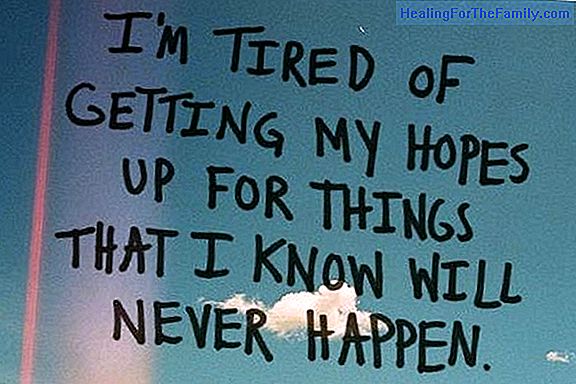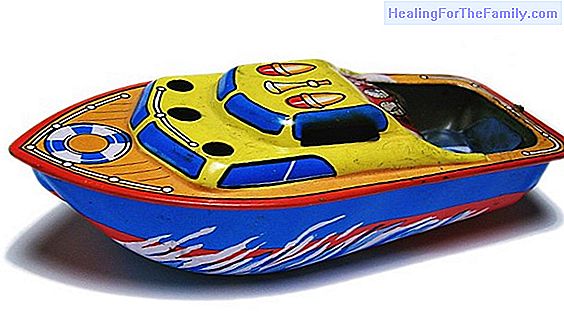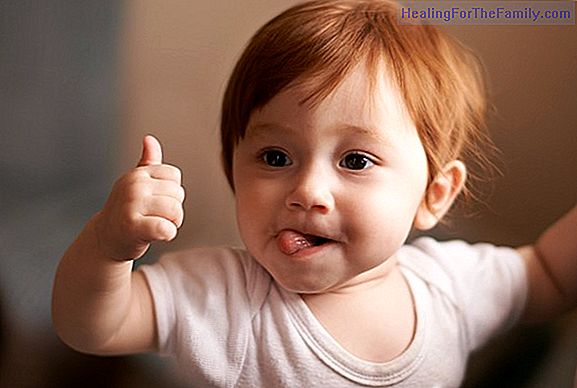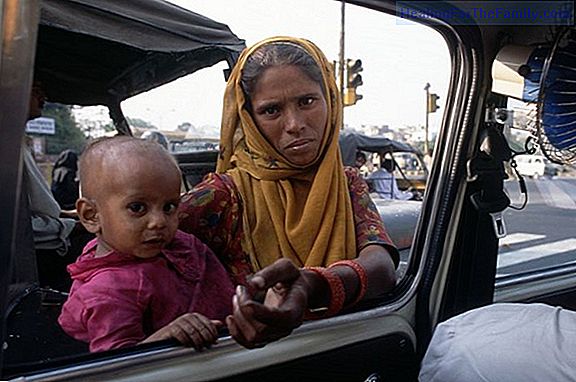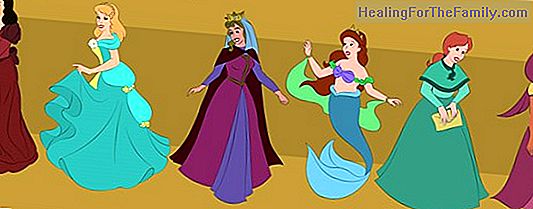What teaches fear to children
I propose a practical exercise to get into the grip of fear. We are going to put ourselves in the skin of a small child: his name is Pablo, he is five years old and he is afraid of the darkness . It's time to go to bed, they say good night, the light goes out and the door closes ... Then fear appear
I propose a practical exercise to get into the grip of fear. We are going to put ourselves in the skin of a small child: his name is Pablo, he is five years old and he is afraid of the darkness. It's time to go to bed, they say good night, the light goes out and the door closes ... Then fear appears.
When we feel fear, our body has physical reactions as a response of the nervous system in relation to the emotional state in which we find ourselves. The physiological-behavioral component comes into play. What we think conditions what we feel, and what we feel provokes a concrete and visible reaction in us. Señales 9 signs of fear in children
Pablo's body reacts by preparing for flight or struggle, seeking survival in the following way:

1. The adrenal gland discharges adrenaline
2. The heart beats faster
3. It shakes the breath
4. Sweat or trembling appear
5. The muscles tense
6. The pupils dilate
7. Increase blood pressure
8. The skin turns pale
9. The bladder may even empty ...
children learn with fear
If we imagine now that this child who is afraid of the dark is accompanied because he sleeps in a friend's house, and that all this has happened in front of him, we will understand importancia the importance of the social component of the emotions
. In addition to fear, emociones secondary emotions such as shame, insecurity or guilt may arise. Our emotions affect us personally and also in the relationship with others.
Therefore, fear, which is a shield against a hypothetical threat, will teach Paul:
- To remain alert without being dominated by this feeling. You will learn that it is a feeling of defense. - Learn to overcome the insecurity that comes with fear.- Will teach you to handle all the bodily changes that come with fear (tachycardia, sweating ...).
- Learn to recognize and control other emotions that come with fear, such as shame or guilt.
Tips for dealing with children's fear
When talking about emotional education we are referring to
educating and learning in emotions
: learning to identify and recognize emotions in ourselves and in others, giving them names to know and assimilate them as a vital part of our personal and social world, to manage managing them in a positive and healthy way.
- It will be easier for Pablo to learn to handle what he feels if he learns to know why, how and when he feels it.That his parents talk to him about what scares him naturally will help him to face it, to feel supported and not to feel alone and ashamed to be afraid.
- Fear is one of the six basic emotions we all share: fear, disgust, surprise, anger, joy and sadness. It is the sensation of anguish provoked by the presence of a real or imaginary danger . The mind does not distinguish between both concepts, because fear is not rational; It is an emotion.
- Fear can paralyze us completely. Hence the importance of learning to manage it. Because we are all afraid, and the way to face it is to accept it and learn to live with it.




